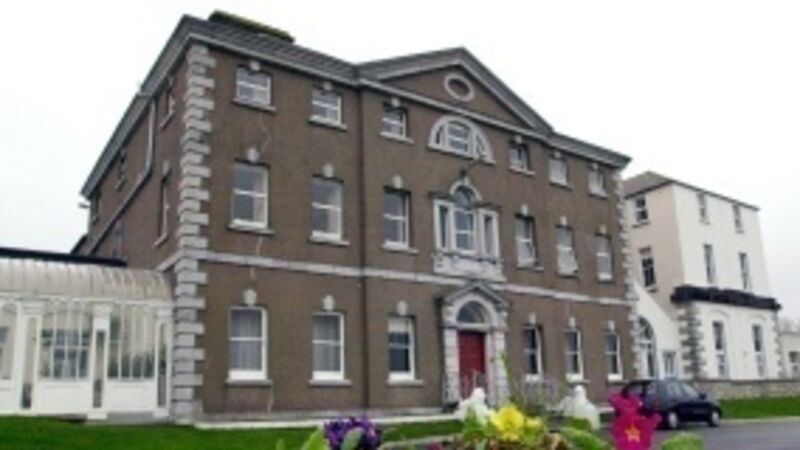Midwife’s memoir reveals the horror of Bessborough

One nun who ran the labour ward in 1951 also forbid any “moaning or screaming” during childbirth. Girls in poverty, who could not afford to make donations to the Sacred Heart order, had to spend another three years after their babies were born cleaning and working on the lands around the Cork city home to ‘make amends’ for their pregnancy.
Such work often included cutting the home’s “immaculate lawns” on their hands and knees — with a pair of scissors.
Before they left the home, their three-year-olds, with whom they would have established a strong emotional bond, were removed from them and fostered, put up for adoption, or sent to an orphanage — often with only hours’ notice.
These revelations were all made by June Goulding, a midwife who worked at the mother and baby home for a year from 1951, in her book The Light in the Window.
“I could not imagine why the babies were not placed in care immediately after the birth to avoid trauma on both sides” Ms Goulding wrote.
In the memoir, published in 1998, she recounts how, at her first Bessborough birth, she asked someone at the hospital what painkillers were used in labour.
“Nobody gets any here, nurse, They just have to suffer,” she was told.
Just like in the Magdalene laundries, none of the women were allowed to talk to one another or to nurses at the home. They were also expected to wet-nurse other women’s babies.
When Ms Goulding asked why she could not access needles to stitch women who had been torn during childbirth, she was told she was not allowed to open the cabinet. “I’m afraid, nurse, the key to that cabinet has never been handed over. Girls must suffer their pain and put up with the pain of being torn — she [the nun] says they should atone for their sin.”
Goulding described the home in Blackrock, Cork City, as “a secret penitential jail”. She had grown up less than three miles from the home but had been blithely unaware of how approximate 320 pregnant women and new mothers were treated by the nuns.
Early in her time there she saw a young girl with a suppurating abscess trying to breastfeed a tiny infant. “The fact that she would have needed three hands to successfully complete this task was a minor obstacle compared to the obvious agony on her face....I had never before seen such an abscess that had actually created such an enormous wound."
Standard practice at the time, according to the newly trained midwife, would have been to administer aspirin and penicillin to ease the pain and infection. At Bessborough, the women were given nothing.
The women all wore a uniform dress and weren’t allowed wear bras, something that caused great discomfort when lactating. Neither were they allowed to wear shoes upstairs as they “might mark the steps” and so heavily pregnant women moved about in stockinged feet at constant risk of slipping on wooden floors.
Ms Goulding’s book is heartbreaking, revealing how many of the girls cried themselves to sleep every night. Only those from moneyed families who could afford to pay £100 were allowed to leave after 10 days, but many had nowhere to got.
“Having a baby out of wedlock was such a taboo subject at the time that often these [rich] women did not even tell their husband that their daughter was pregnant,” wrote Ms Goulding, who was tormented at the injustice of making young mothers suffer when their babies’ fathers were never taken to task by society.
Then again, she said, most of the fathers did not know if a woman was pregnant, as it would have “been too shameful” for the women to tell them.












